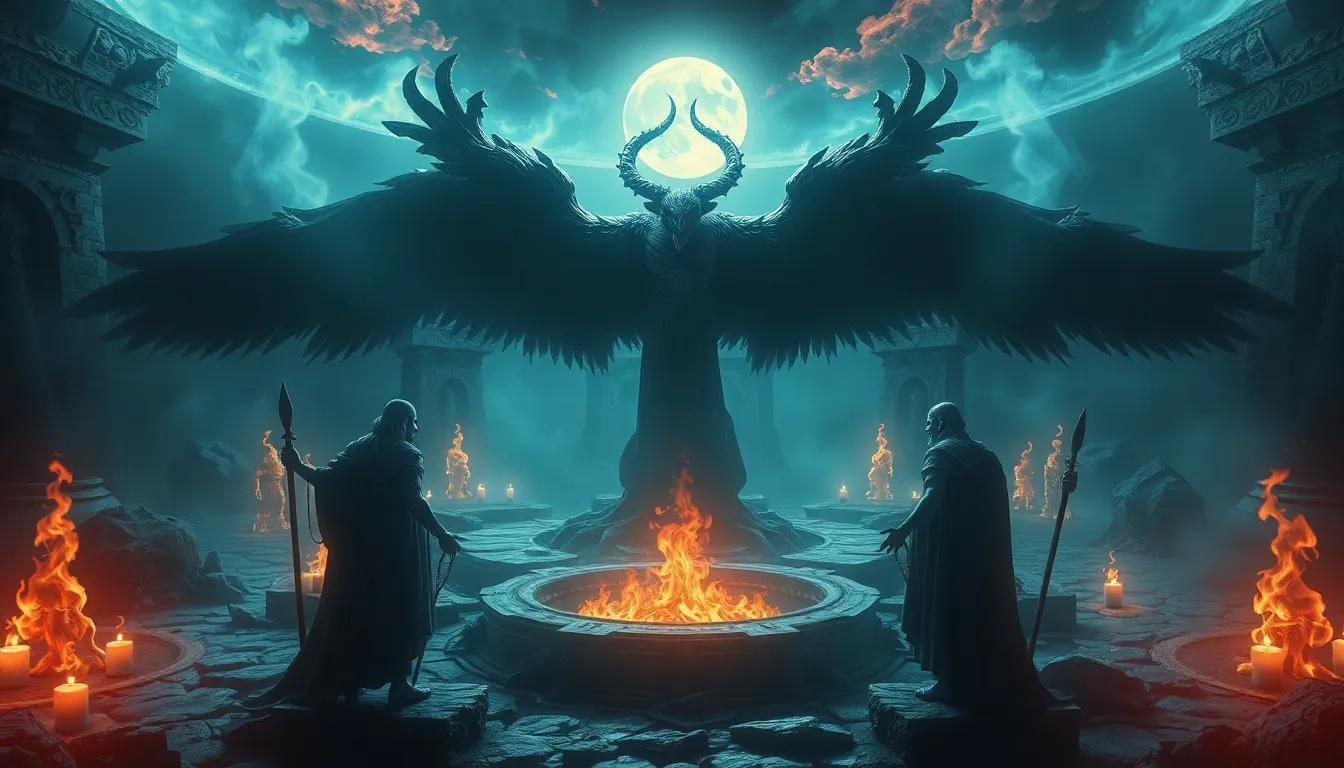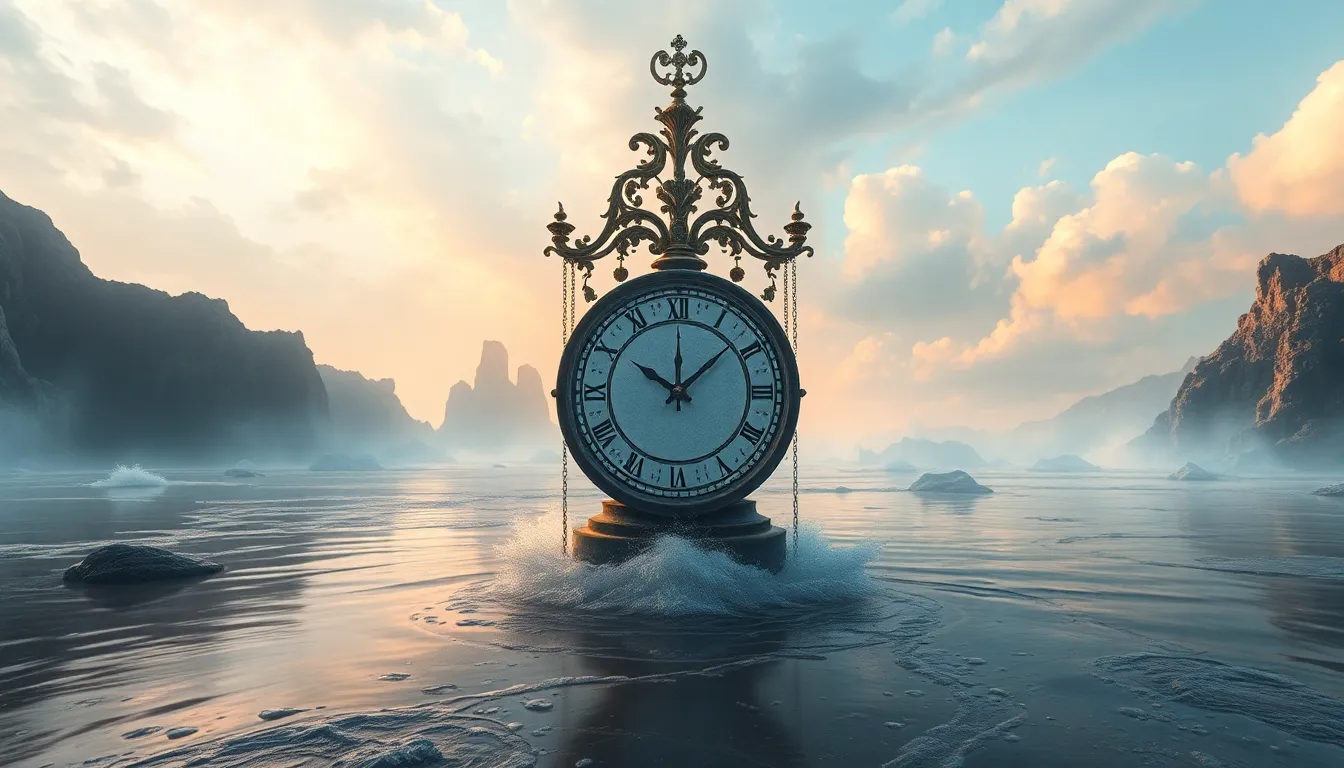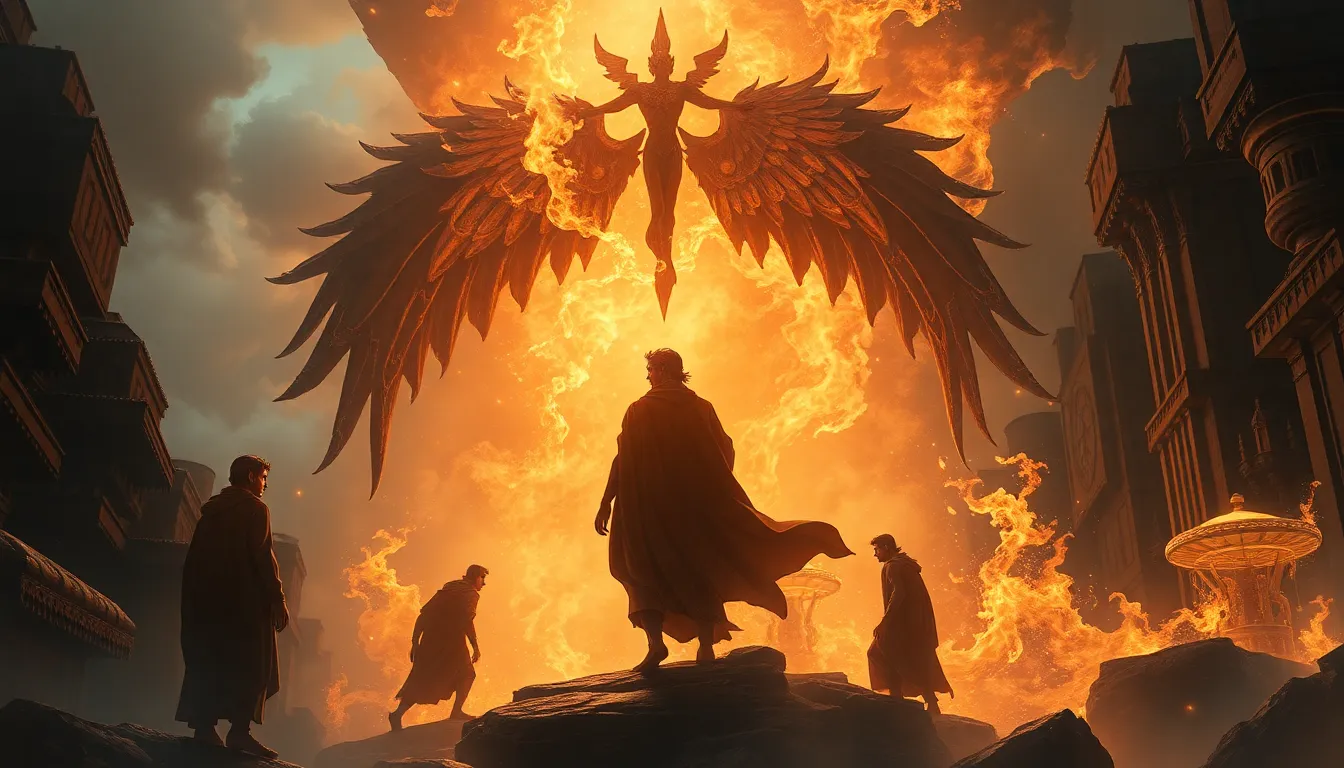Gods of the Underworld: Who Rules the Afterlife?
Introduction to the Underworld
The underworld, often depicted as a realm of the dead, is a critical concept in many cultures around the globe. It serves as a place where souls reside after death, often governed by deities who judge, guide, or punish the souls of the deceased. The significance of the underworld varies across civilizations, reflecting their unique beliefs about life, death, and morality.
Across different cultures, the afterlife is viewed through various lenses. Some see it as a continuation of life, while others view it as a place of judgment or punishment. This diversity speaks to the fundamental human quest to understand what happens after death and the moral implications of our earthly actions.
Mythological Foundations of the Afterlife
Mythology plays a vital role in shaping beliefs about the afterlife. Through stories and legends, ancient cultures have conveyed their understanding of death, the soul, and the underworld. Common themes often emerge, such as:
- The journey of the soul after death
- Judgment by a deity or divine force
- The existence of a paradise or punishment
- Rituals and offerings to appease deities
Symbols associated with the underworld can include gates, rivers (like the River Styx in Greek mythology), and various creatures that guard the realms of the dead. These symbols often represent the transition from life to death and the barriers that souls must cross.
Major Deities of the Underworld
Throughout history, numerous gods and goddesses have been associated with the underworld. Some of the most prominent deities include:
- Hades (Greek mythology)
- Osiris (Egyptian mythology)
- Yama (Hindu mythology)
- Hel (Norse mythology)
This section will explore these deities and compare their roles in their respective pantheons, highlighting both similarities and differences in their functions and the nature of their realms.
Hades: The Greek God of the Underworld
Hades, the Greek god of the underworld, is a complex figure in mythology. Often misunderstood, he is not the god of death but rather the ruler of the realm where souls go after they die. Hades is characterized by his stern demeanor and his role in maintaining balance in the afterlife.
The Greek underworld consists of several regions, including:
- Elysium: A paradise for the virtuous.
- Tartarus: A deep abyss used for punishment.
- Asphodel Meadows: A neutral area for souls who lived average lives.
Inhabiting the underworld are various creatures, including Charon, the ferryman who transports souls across the River Styx, and Cerberus, the three-headed dog that guards the gates.
Osiris: The Egyptian God of the Afterlife
In Egyptian mythology, Osiris is the god of the afterlife and resurrection. His story is one of death and rebirth, as he was murdered by his brother Set and subsequently resurrected by his wife, Isis. This myth underscores the importance of resurrection in Egyptian beliefs.
The judgment of souls in ancient Egypt was a critical aspect of the afterlife. The deceased would undergo the Weighing of the Heart, where their heart was weighed against the feather of Ma’at, the goddess of truth and justice. If the heart was lighter, the soul could enter the afterlife; if heavier, it faced punishment.
Yama: The Hindu God of Death
Yama, known as the god of death in Hindu and Buddhist traditions, plays a significant role in the journey of the soul. He is often depicted as a stern figure who guides souls to the afterlife and oversees the cycle of rebirth.
The concept of karma is central to Yama’s teachings. According to Hindu beliefs, the actions of individuals during their lives determine their fate in the afterlife. The soul may be reborn into a new life or may reach moksha, or liberation, depending on the accumulated karma.
Norse Underworld: Hel and Odin
In Norse mythology, Hel is the goddess who rules over the realm of the dead, also named Hel. She is often depicted as a being with a half-living, half-dead appearance, symbolizing her dominion over those who die of sickness or old age.
Odin, the chief god, also has a connection to the afterlife. He is known to collect the souls of warriors who die in battle and take them to Valhalla, a hall of the slain, where they prepare for Ragnarok. This duality of death—both as a transition and an honor—highlights the complex views of life and death in Norse culture.
The Underworld in Indigenous Cultures
Many indigenous cultures have their own beliefs about the underworld and its deities. These beliefs often reflect the community’s values and relationship with nature. Some examples include:
- The Aztec god Mictlantecuhtli, who rules the underworld and is associated with death and the afterlife.
- The Native American concept of the Spirit World, where ancestors watch over the living.
- The Inuit goddess Sedna, who governs the underworld and marine animals.
These varied beliefs illustrate how different cultures interpret the afterlife, often viewing it as a continuation of life in some form.
Modern Interpretations and Cultural Impact
Ancient beliefs about the underworld continue to influence modern literature, movies, and art. From Dante’s Inferno to contemporary films like Coco, the themes of death and the afterlife resonate with audiences today.
In contemporary spirituality, the gods of the underworld are sometimes invoked in practices that seek to understand death and the afterlife. These figures serve as symbols of the eternal cycles of life, death, and rebirth.
Conclusion: The Legacy of Underworld Deities
The fascination with gods of the underworld persists as societies grapple with the concepts of death and the afterlife. These deities offer insight into human perspectives on mortality, morality, and the unknown.
Understanding these figures helps us appreciate the diverse beliefs about life after death, reminding us that while each culture has its own unique interpretation, the quest for meaning in the face of mortality is a universal human experience.




